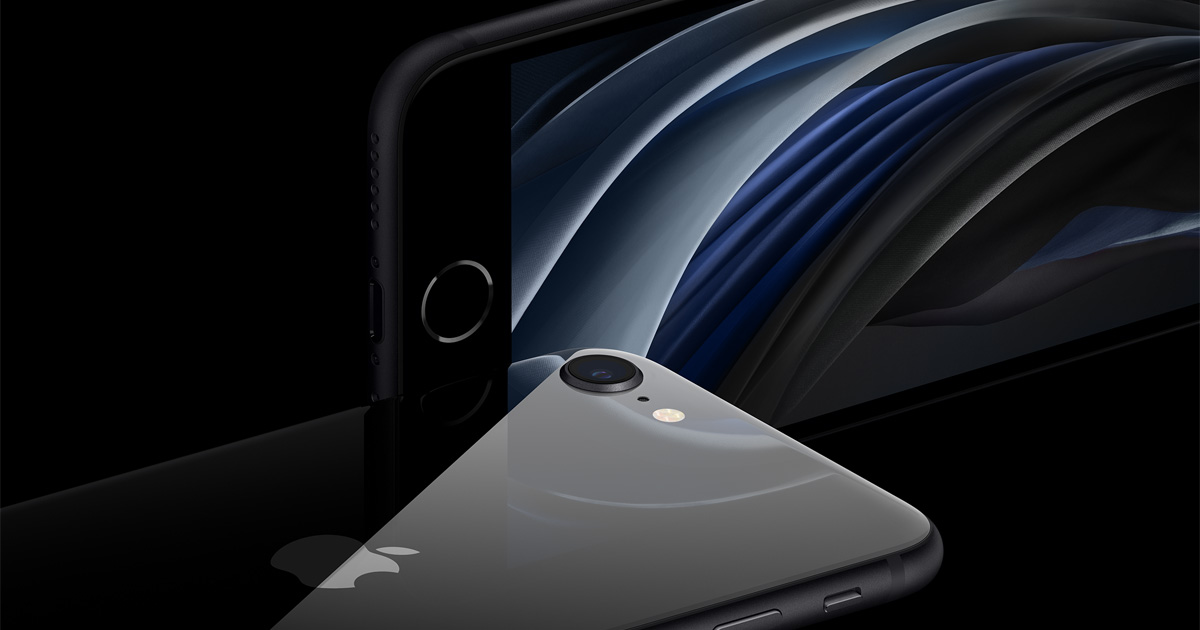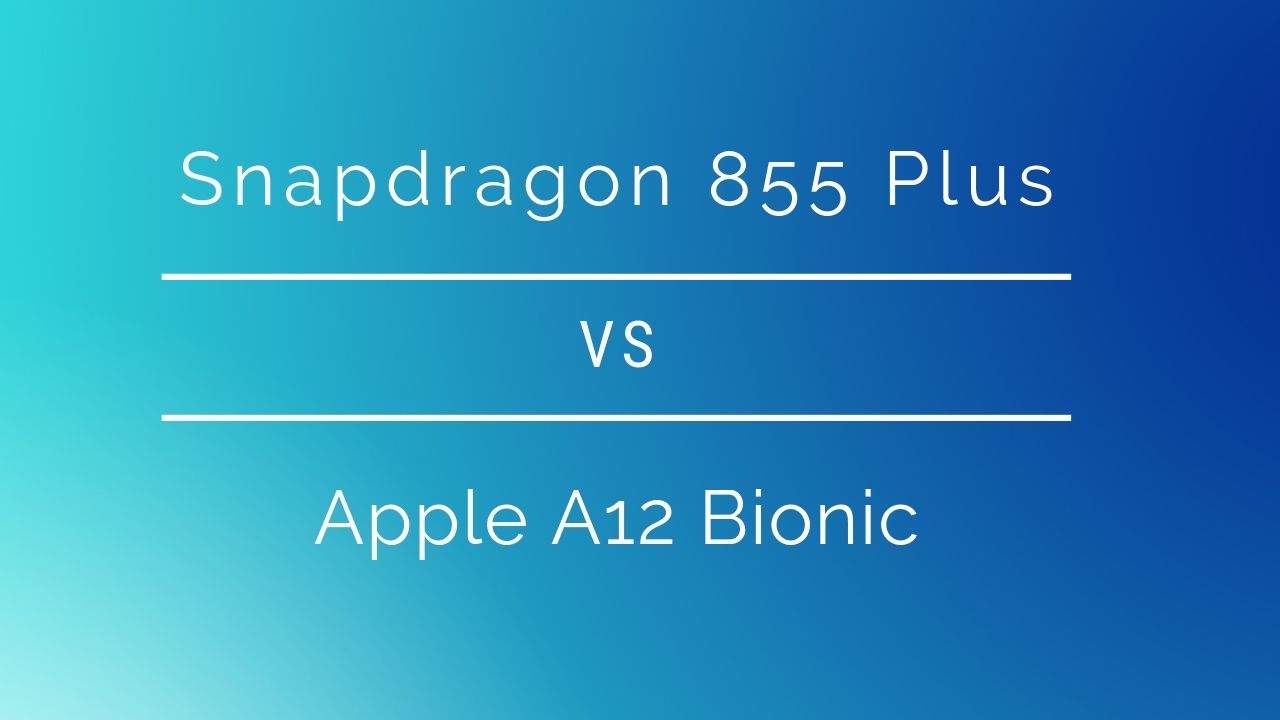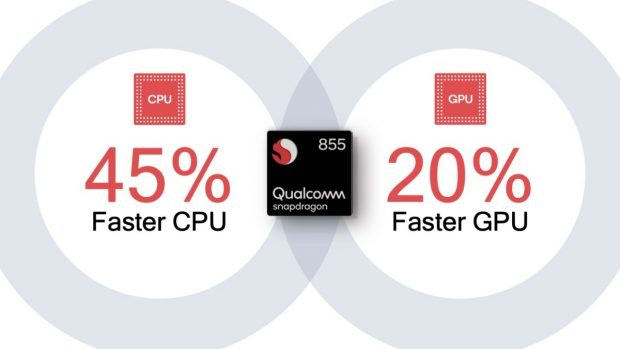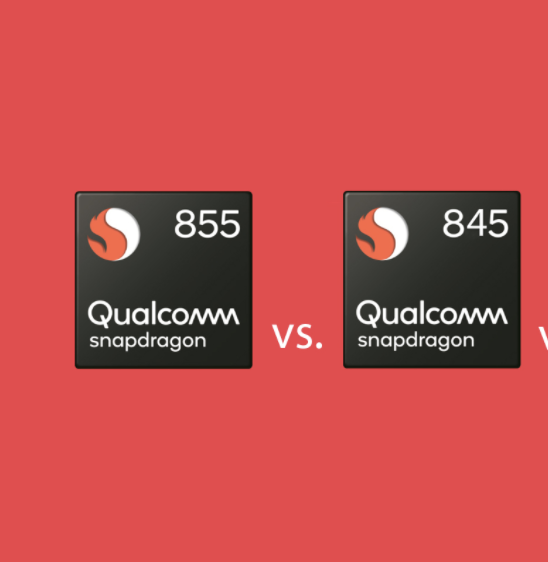Intro:
Apple is the world’s top mobile selling brand. Apple recently became a trillion-dollar company. The majority of revenue collected by Apple is through selling iPhones. The iPhone is and always has been a unique identity for Apple. Sure, there are other products that Apple sells, such as iPads, iPods, iMacs, etc. But the unique identifier for Apple is their iPhones.
Each year Apple rolls out their flagship iPhones. In the previous years, Apple used to roll out only a single iPhone, but in recent years, Apple has started rolling out multiple variants of its flagship iPhones.
The factor which makes an iPhone unique is their differentiation from other products. Apple has still been using the lightning port on its iPhones, which is only used in iPhones. This shows that Apple will only use components designed by itself.
This translates to the processors also. Apple designs its particular processors to be used in iPhones, iPads, iPods, Apple TV, etc. There is a big player, Qualcomm Snapdragon, which produces the latest and greatest processors each year. Apple does not use those processors but instead designs their own.
This is the concept of using own processors not applied on laptops and desktops. The Apple mac books and Apple desktops use processors designed by Intel. Apple rolls out a new processor each year along with its flagship iPhone.
Today we are going to compare two processors, both designed by Apple. The first is the Apple A7, and the second is the Apple A10 fusion. Let’s look at the specifications of each separately and then compare them with each other.
Apple A7:

The A7 is a 28nm system-on-chip processor. It is an ARM-based 64-bit processor designed by Apple. The A7 was first used in the iPhone 5S. The only iPhone to use the A7 processor was the iPhone 5S. It was launched on September 10, 2013.
The Apple A7 is considerably faster than its predecessor. Apple claims that the A7 has twice the GPU performance and twice the CPU performance compared to its predecessor, the Apple A6. The iPhones running on this processor received the last software update of 12.4.7.
It only has two cores that operate at a base clock speed of 1.4 GHz. The 28nm processor only fits 1 billion transistors inside it.
Apple A10 fusion:
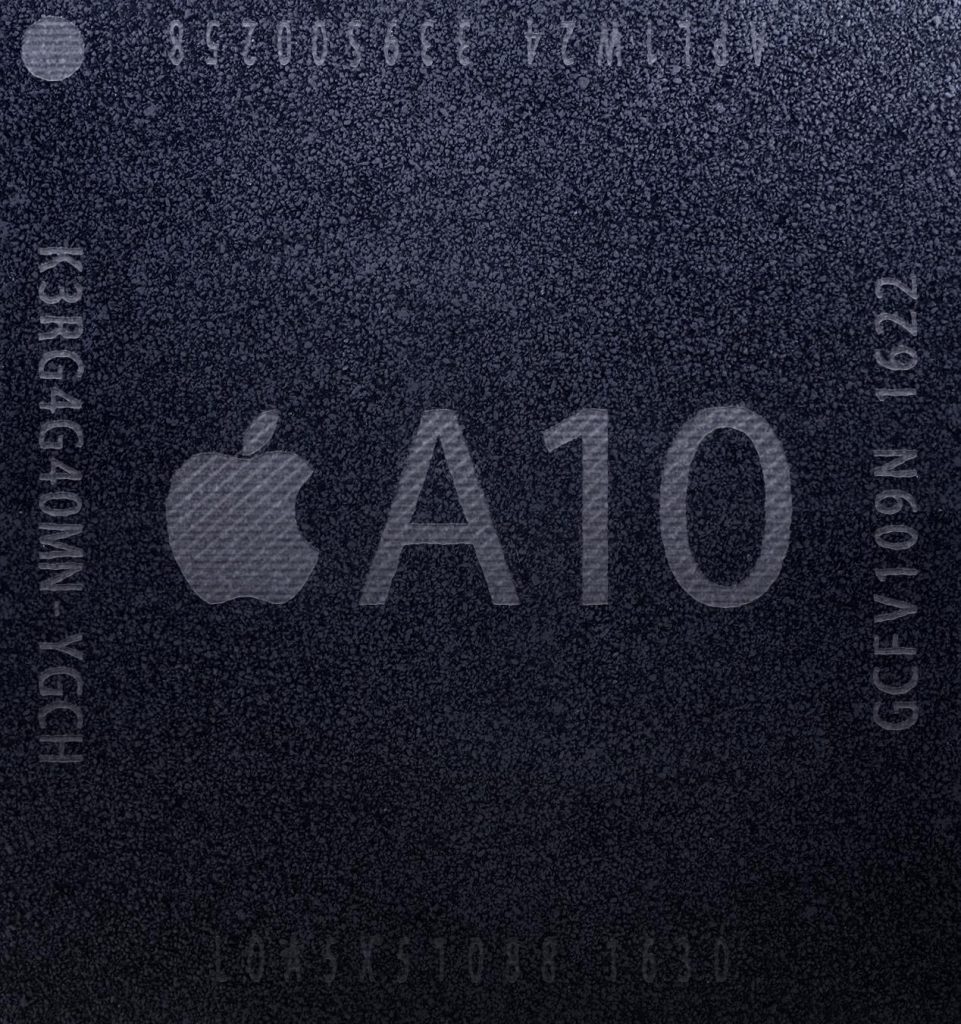
The A10 is a 64-bit processor designed by Apple. It is an ARM-based system on a chip, which is manufactured by TSMC. This processor developed by Apple was used in the iPhone 7 and iPhone 7 plus. They were released on September 7, 2016.
A10 fusion is also significantly faster and more efficient than its ancestor. Apple claims that the A10 fusion is 50% faster in the GPU performance, and 40% faster in the CPU performance than its predecessor, the Apple A9.
This processor was also used in the seventh generation iPod, seventh-generation iPad, and sixth-generation iPad. The A10 fusion housed a total of four cores as it was the first quad-core processor by Apple. It housed two high-efficiency cores and two high-performance cores. The base clock speed was 1.3 GHz, and it could boost up to a boost clock speed of 2.3 GHz.
Apple A7 vs. Apple A10 Fusion:
The Apple A7 and A10 fusion are both products of Apple’s design. Both of them were designed for their respective iPhones. The A7 was released in 2013 while the A10 fusion was released in 2016, making for a 3-year difference.
The Apple A10 Fusion is built on the 16nm FinFet process, consisting of a total of 3.3 billion transistors. On the other hand, the A7 is built on the 28nm process, consisting of just 1 billion transistors.
The A10 fusion is a quad-core processor with four threads. The A7 is a dual-core processor with two threads. The A10 fusion has a base clock speed of 1.3 GHz and can boost up to a clock speed of 2.3 GHz. It features two energy-efficient cores and two high-performance cores. The A7 only has a base clock speed of 1.4 GHz and cannot boost.
Both of them feature a cache memory of 4 MB. The maximum memory the A7 can support is 1 GB, while the A10 can support a maximum of 3 GB of memory. There is also a difference in memory types. The A10 fusion works with LPDDR4 memory, and the A7 works with LPDDR3 memory. Both have a TDP of 5 Watt.
Moving on to the graphics section. The Apple A7 houses the Imagination PowerVR GT7600 Plus GPU, with 4 GPU execution units, 64 shading units, and a GPU clock rate of 600 MHz. On the other hand, the Apple A10 fusion houses the Imagination PowerVR G6430 GPU, with six execution units, 192 GPU shading units, and a GPU clock rate of 900 MHz.
A10 fusion has the Big. Little technology, while the A7 does not. The A10 has integrated LTE, while the A7 does not. Both have dynamic frequency scaling, NX BIT, AES, Trust zone, and a VFP version of 4.
Both of these processors were tested on the AnTuTu application. The A7 resulted in a score of 65,000, and the Apple A10 fusion resulted in a score of 179,650. These processors were also tested on the Geekbench 4 application. The Apple A10 fusion had a multi-core score of 5,692, and a single-core score of 3,358. On the other hand, the A7 had a multi-core score of 2,076, and a single-core score of 1,210.
Verdict:
The A10 Fusion is designed for iPhone 7, and the A7 is designed for iPhone 5S. Both are designed for different generations of iPhones, but when compared with each other, the A10 fusion is the evident winner against A7.

